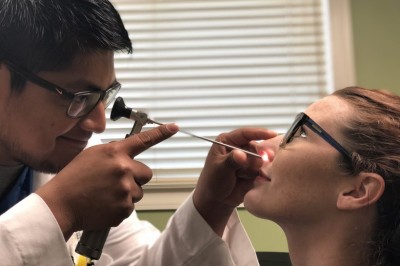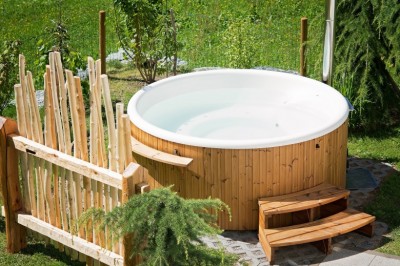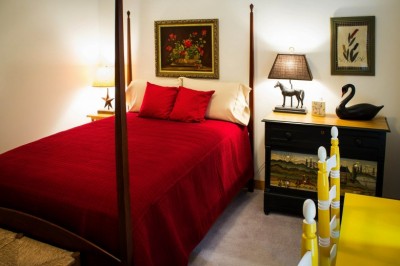Soundproofing Your Garage For Band Practice
Soundproofing a garage involves a little more than you might think. In most garages you have certain thing that are working against you as you attemp to do an effective soundproofing job. One negative is the garage door, even the insulated metal doors are not soundproof enough to hold in the sound of a garage rock n roll band, especially if they have acoustic drums and a large bass amp system.
The best and most effective way to soundproof your garage is to actually construct a "room within a room". This would require framing and a bit of construction know how, but as I have said time and again, "It is NOT Rocket Science." Framing out the new room should be done with 2 X 6s (if possible) as opposed to 2 X 4s, though a 2 X 4 frame will work effectively. The reason I recommend the 2 X 6 frame out, is because it will allow for more sealed dead air space once the room is completed.
After the framing is completed, including a newly joisted out ceiling, then its time for some good old 5/8" fire code drywall to be installed on the outer studs and joists. We will be doing the actual soundproofing from within the new room.
Once the outside walls and ceiling are dry walled, it is time to go inside of the room and begin soundproofing. The first order of business is to adhere a layer of ¼" closed cell foam to the inside joist and stud cavities. Now remember, we are not filling the cavities, only lining them. The closed cell foam mat can be adhered with a good spray adhesive (such as 3M-77 or 3M-80). There are two different sides to the foam mat, one is smooth and the other is pebbly, you want to glue the smooth side down and have the rough side facing the inside of the cavity. The closed cell foam has a 3-fold purpose. First, it will block and absorb sound, secondly it will block and absorb vibration, but third and most importantly, it will seal off the dead air spaces between the studs and joists. Dead air space is natures soundproofer, provided it is well sealed.
Now we come to a crossroads, if you feel that the sound generated from your band are extremely bassey or there is a lot of vibration from the acoustic drums or the bass guitar, you might opt to float the walls and ceiling using sound clips and furring channels. To learn more about floating walls and ceilings, please click onto the links below:
Soundproofing against a noisy neighbor
Soundproofing a Party Wall
If you have determined that a float is not necessary, then the next step would be to staple up a layer of mass loaded vinyl directly to the studs and the ceiling joists. I would recommend using the 1lb per sq ft mass loaded vinyl, or our American Mass Loaded Vinyl for this application. I believe that MLV works best when it is able to resonate or move with the sound. Therefore it is always best to staple the MLV directly to the studs and joist of your walls and ceilings. It is best to over lap the seams in this case unless by some chance, your seams all land on studs and joists. If your seams land directly in the studs, but the seams together and caulk them.
Once the MLV is up, you will need to caulk all of the seams as well as the perimeter of the vinyl. The OSI-175 caulk is an excellent choice for this application. After you have liberally caulked these areas it will be necessary to tape the seams of the butted MLV with either a lead foil tape or a quality seam tape.
Hey, were almost finished folks! Now that all the soundproofing is up and sealed it is time for the final layer of 5/8" fire code drywall. This will sandwich in the MLV and will add greatly to the over all soundproofing system. After the drywall is up, you simply tape, mud, and paint as usual.
This method of soundproofing a garage works well in a basement also. You should experience some remarkable soundproofing results from the room within a room concept. You have now tamed the soundproofing enemies in your garage and have a place to play or practice at 2:30 AM, which is usually when most musicians get inspired. I know thats when I do.
I hope this has helped you in your quest for the perfect garage studio. It has worked remarkably well for countless musicians throughout the United States and Canada. Thanks for learning about building and soundproofing a garage studio. Until next time, this is Dr. Bob...Out!























